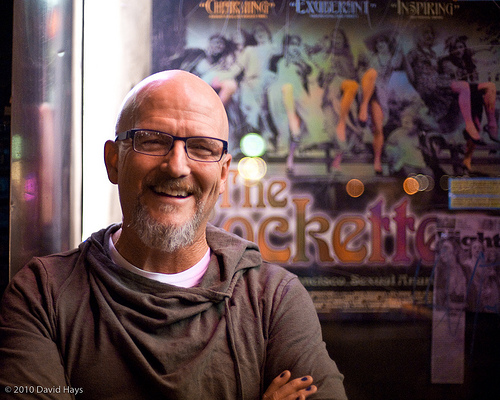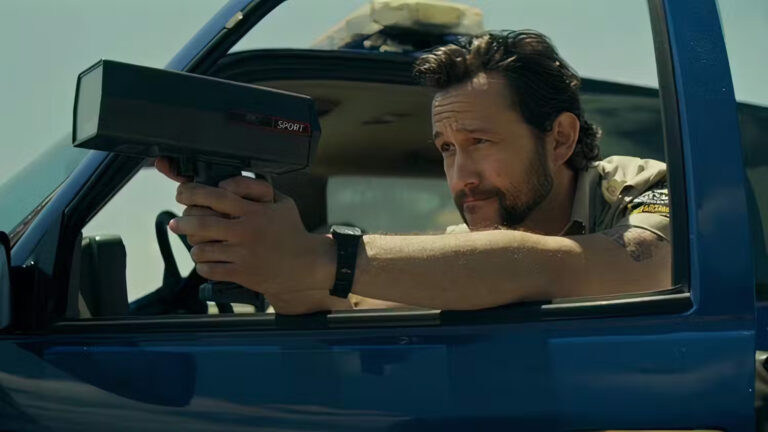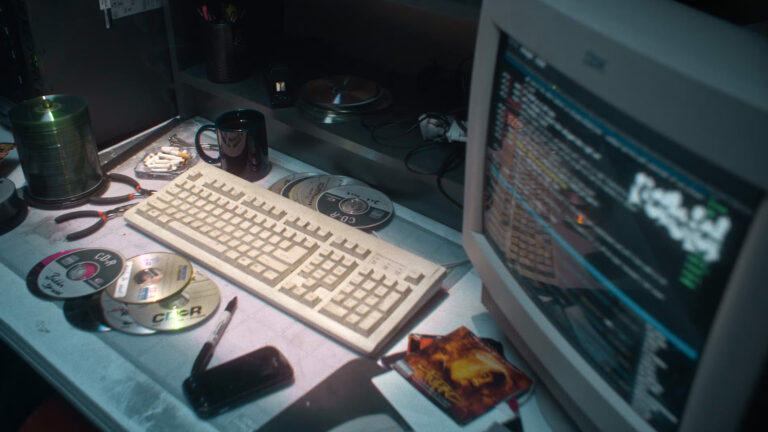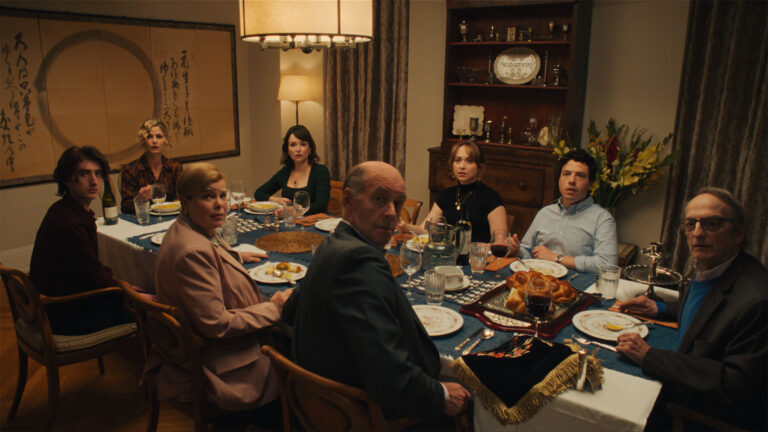When you’ve followed someone’s career as closely as I’ve followed Bill Weber’s, you might assume that the obvious highlights will guide the discussion. I knew, for example, that he’d edited one of the first computer-animated music videos (The Cars’ “You Might Think”), and that he was at the forefront of digital editing and image compositing throughout the eighties and nineties, off- and on-lining hundreds of high-end national commercials for clients from Levi’s to KFC.
But what’s possibly more relevant is that growing up in Kansas in the Sixties, listening to rock and roll, and becoming one of the biggest Deadheads I’ve ever met, has helped shape him into an award-winning documentary editor and director. It seems that what touches us most deeply in a personal sense can be deeply influential in an artistic sense.
Watching Bill’s latest documentary, “The Untold Tales of Armistead Maupin” (Directed by Jennifer Kroot), which was honored with the opening night slot of the Portland Qdoc Festival, I was once again struck by the lyricism of his editing style. Not that it was dominated by a score, but rather that the way the film was structured felt musical. Thematic detours, narrative turns, disparate events linked by revelation, but always a return to the central story and subject—it was almost a visual representation of a classical symphony.
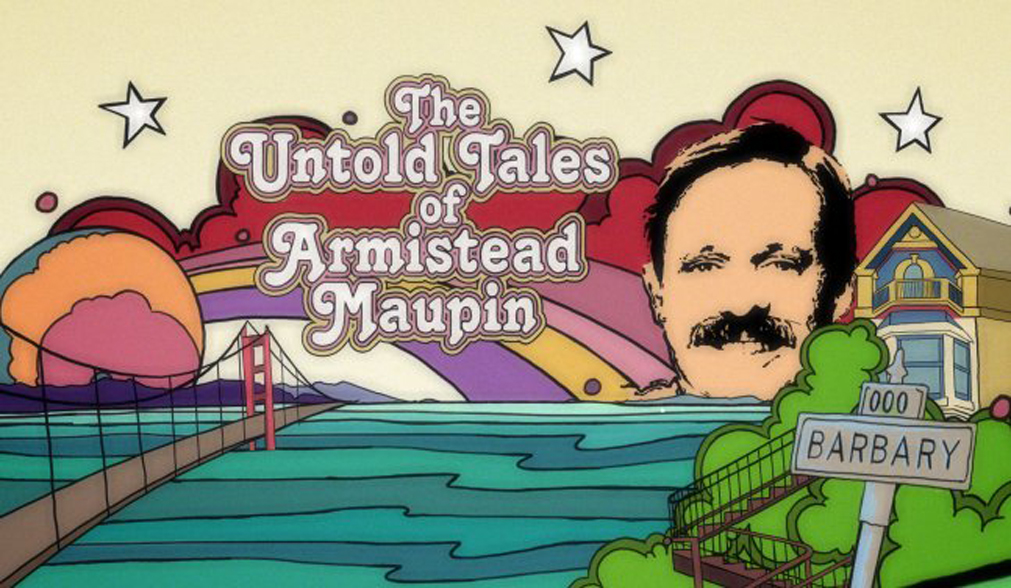
Surely how Bill approaches stories based on factual events can’t be purely accidental. There had to be something that Bill was doing purposefully to make his films feel as fluid as they do. Could it have been his experience cutting music videos, perhaps?
“You know…” Bill hesitated before concluding, “not really.” Oh.
Yeah, editing music videos and 30-second spots had made him more conscious of pacing and of stripping away everything superfluous to achieve what he calls a “good cut.” But music videos and commercials have such strict requirements that there are only so many ways to put them together—you’re working from a storyboard and footage that’s been shot specifically for it. Like many artists, he uses the analogy of Michelangelo liberating the subject from a block of marble, whittling away everything that isn’t the sculpture. Every frame that remains has to count.
But documentaries are different, and part of the reason Bill loves working on them is that there is no set way to edit them. Each film, each subject, has its own requirements, and the footage varies wildly, from staged interviews to cutaways, to the surprise of finding an image or a sound bite that suddenly brings a scene together. It’s a process of experimentation, something that’s based more on feel than on formula. In many ways, it’s a series of happy accidents.
As was, it turns out, Bill’s career path.
“It was all accidental,” Bill says, as if he’s still surprised by how he’s ended up where he is. “I was in college in the mid-seventies at Kansas University because I wanted to open a record store someday, so I intended to take business classes.
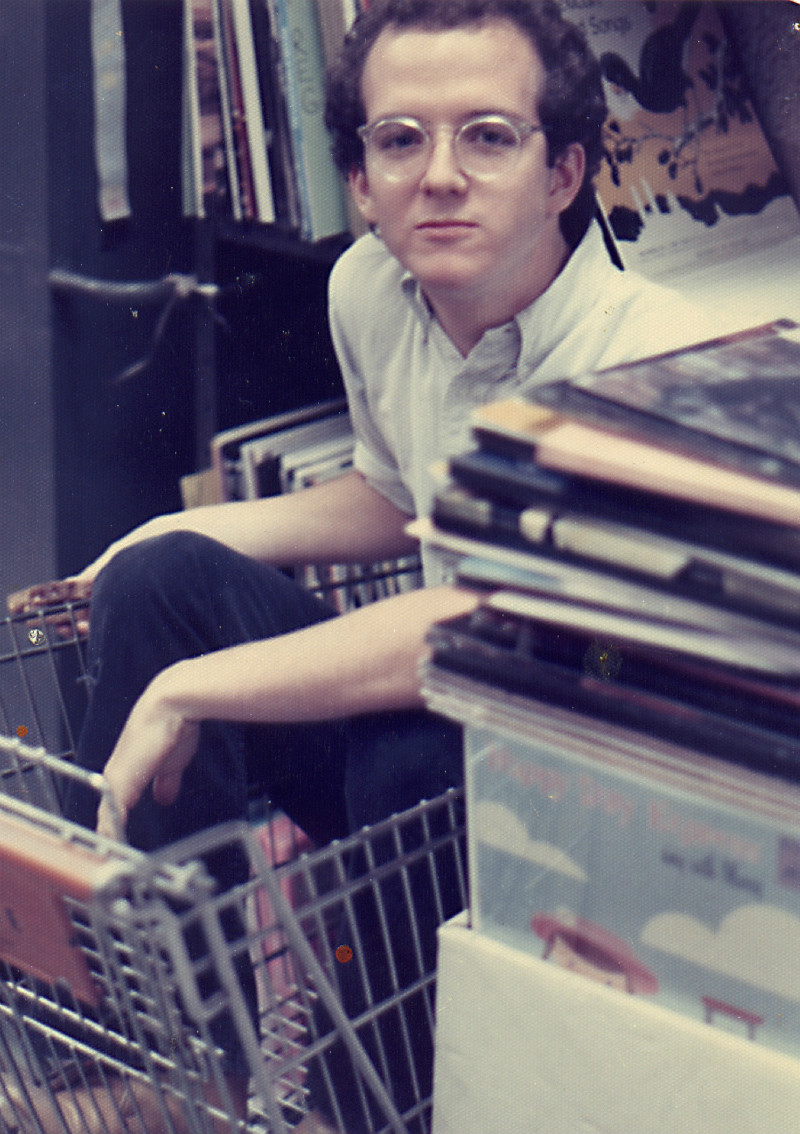
But I was kind of a fuck-all student and I was taking all these liberal arts courses, and I had one called Communications in the Future. I had a term paper due, and I hadn’t written anything, so right before I was supposed to turn it in I grabbed one of those old Sony Portapaks from school—they weighed like fifty pounds back then—and I took it home and taped myself doing stuff around my apartment, reading the class textbook and talking about the future of communications, and then I laid some music underneath, some Weather Report, and turned that in. And the teacher gave me an A+. And I thought, I like video a lot!”
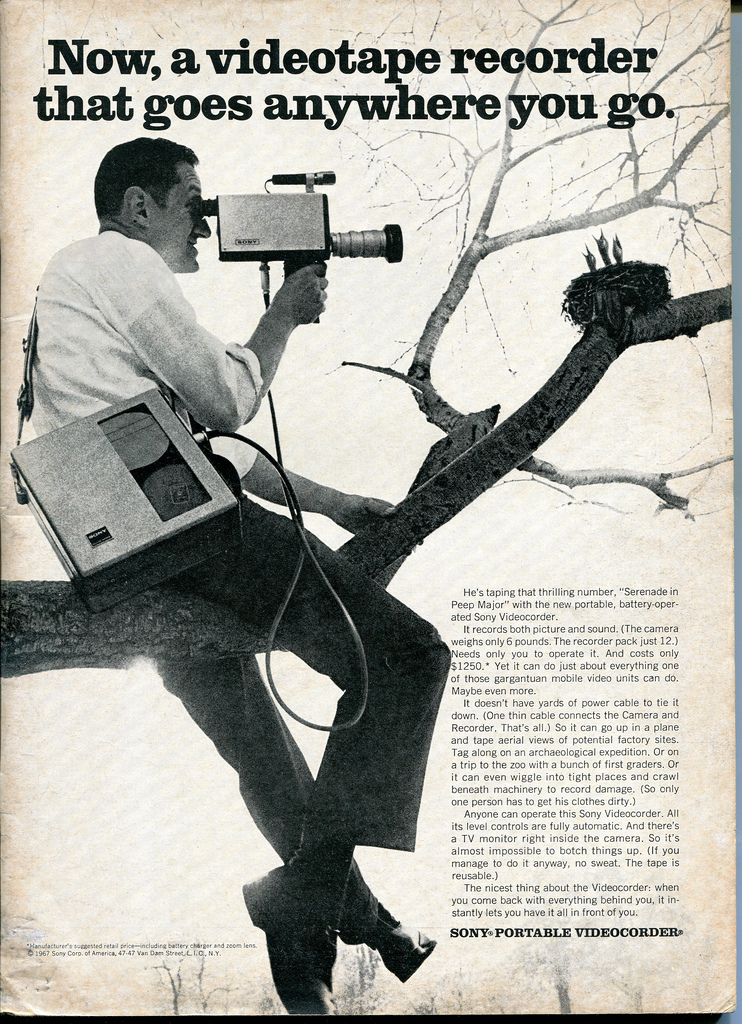
Even though he never did open a record store (“I discovered that I hated retail,” he says), his love for music remained a lifelong passion. “When I was thirteen, I bought The Doors’ first album and it just blew my socks off. And then I saw The Doors and a couple of years later I bought my first Grateful Dead album. That music was the soundtrack of my life.” It’s not lost on me that Bill’s video term paper was essentially a music video—made well before music videos had become a thing.
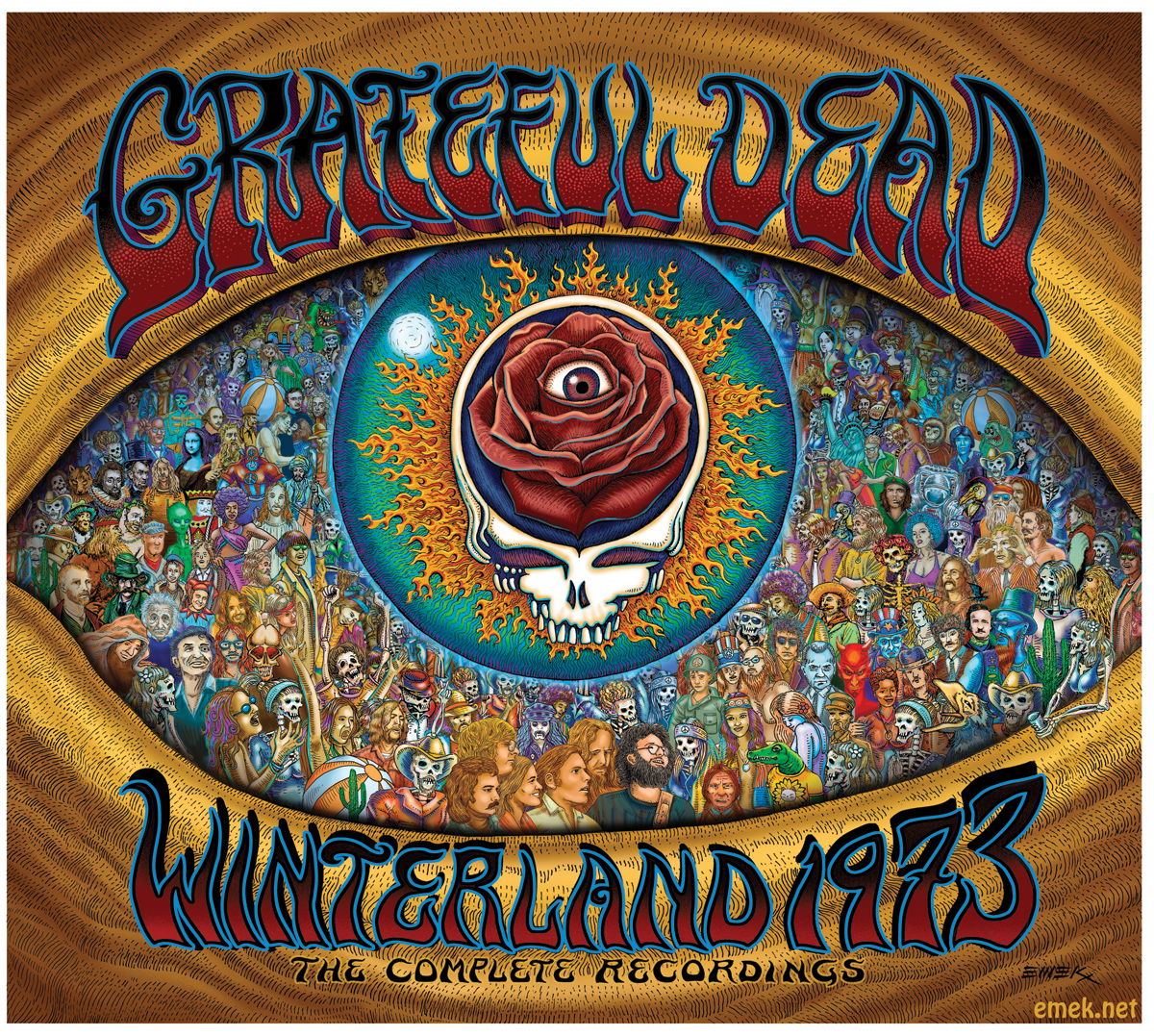
Which leads us to the other reason Bill loves working on documentaries: collaborating with a good composer. “When Jennifer and I did ‘To Be Takei,’” he said, “we worked with a brilliant composer named Michael Hearst.” For those of you who’ve never heard of him, he’s an eclectic multi-instrumentalist and composer of music for everything from movies to ice-cream trucks, and has worked with artists from a variety of disciplines including Kronos Quartet, Neil Gaiman, and Mario Batali. Interestingly, if you read his bio it states that “his vast output is marked by a fascination with extremely specific themes, and with wanting to learn as much as he can about almost everything.”
In the documentary world, it’s more typical for composers to get involved after there’s a cut, but Bill and Jennifer decided to bring Michael on early in the process. “When I started on ‘To Be Takei,’ Jennifer had been following George around for three years and had just a TON of material. It was all over the map.” Bill laughs, which he does often and easily, about anyone and anything, including (and especially) himself. “George is sort of a one-note guy in a way—he has that voice (here, Bill imitates his signature deep-voiced delivery followed by a giggle), and there’s not a lot of variation in his tone or his expressions. But, he also reminded me a bit of a Pee Wee Herman character—he’s got a kind of gentle naiveté about him, an almost childlike quality. He’s 80 now and loves his life, and he approaches it with such pure joy. And I kept thinking about ‘Pee Wee’s Big Adventure’ as I was cutting, which is one of my favorite soundtracks of all time.”
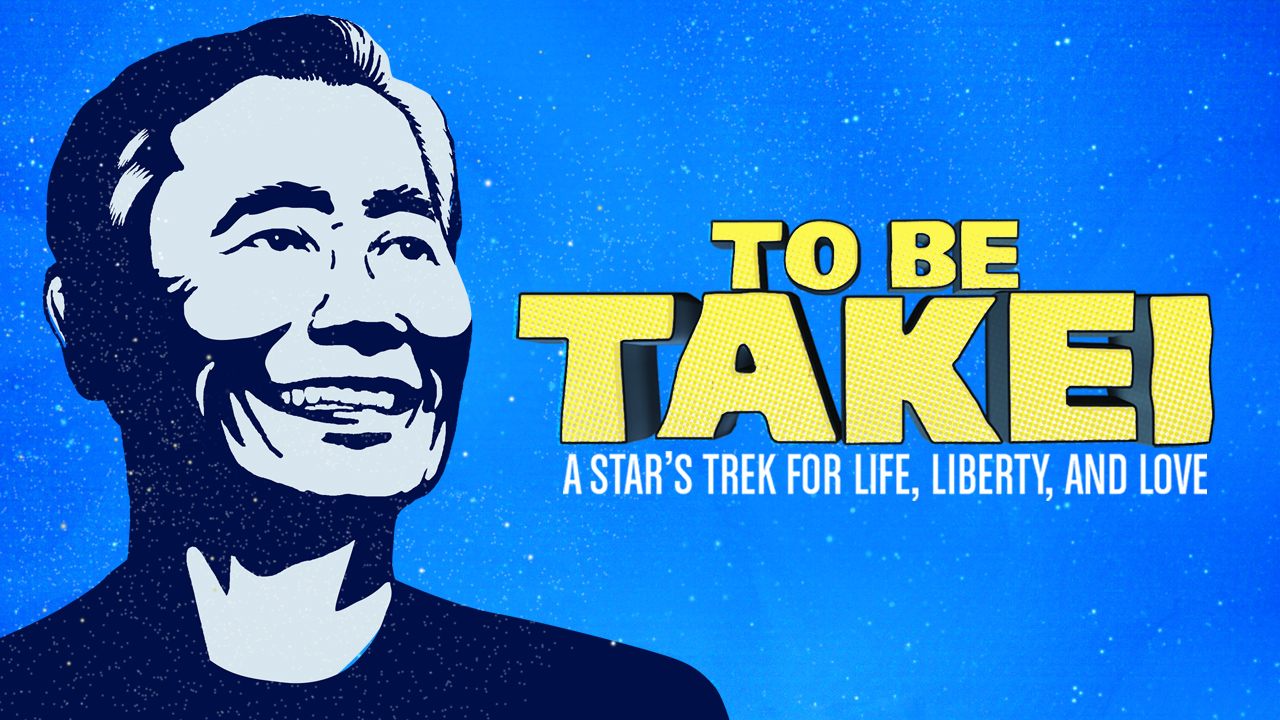
“As I started to put sequences together, I used some Danny Elfman stuff for the scratch track” Bill explains, “and then Michael used that as inspiration to create his own compositions.” Throughout the editing process, they went back and forth, weaving picture with soundtrack. “A week in the second month, two weeks in the fourth month,” Bill says, building on each other’s work, finding the right notes for the edited sequences. Clearly, the San Francisco-based editor and the Brooklyn-based composer inspired one another, creating a lively and cohesive portrait of a beloved and unconventional social media and sci-fi hero.
Bill’s currently editing a film with two directors in Hawaii about a transgender community on the island of Tonga, one of the oldest kingdoms on the planet, “This film is kind of atypical,” he says. “In this particular case, there’s a big cast and no real set storyline.” So, I ask, what’s his process like for this film?
“Well, what I’ve tried to do is to cut a bunch of different sequences out of the couple of hundred hours of footage and treat them a bit more impressionistically. It’s what I call ‘throwing mud at the wall’—I take a bunch of different images and try putting them together in different combinations to see what sticks, what feels right. For example, a lot of evangelicals have come to the island, and Western influences are starting to make their way there. There’s one sequence where there’s this right-wing priest preaching to the congregation, and I’ve tried to pick some of the key lines that underscore the tension between the Tongan traditions and the problems that come with Westernization, and then I’ve intercut imagery of choirs and bells and transgender churchgoers. It’s less about a narrative and more about letting the beauty of that place and those people have their due. After going through all the footage, I’ve got about forty of these kinds of sequences, and that’s when I’ll start putting them together in some kind of order. It’s a lot more poetic and experiential,” he says.” Needless to say, Bill is hoping he’ll get to work with Hearst again on this project, who would likely find the exotic and unfamiliar location tantalizingly inspiring.
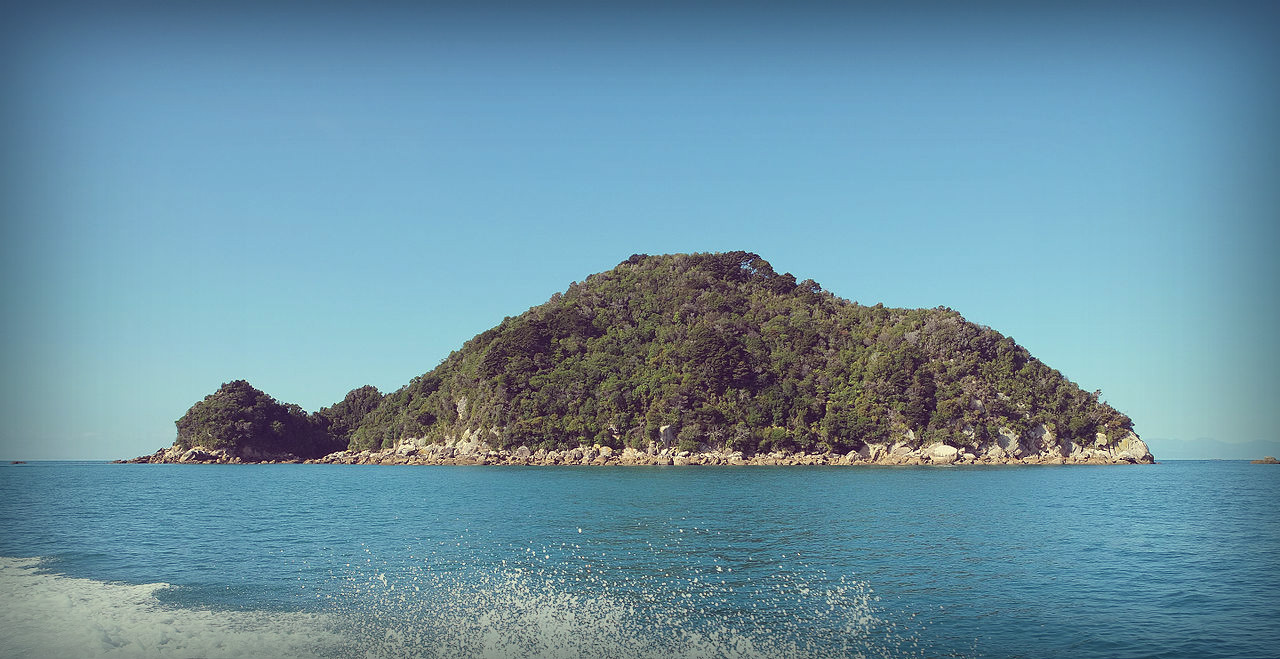
And that’s when it occurred to me that none of Bill’s documentaries really feel typical to me. In fact, it struck me that his films kind of feel more like a Dead show: even if there are distinct acts, they flow into each other seamlessly. “You know, that’s true,” Bill exclaimed. “When (co-director) David Weissman and I did ‘The Cockettes’ (about the gay-hippie-avant-garde theater troupe in 1970s San Francisco), we made a conscious decision to make it feel more like a Dead show in a way. I always loved how the songs evolved out of other songs—they don’t just stop and a new one starts—they become long compositions. I think that has become a part of my style—and I can see it in ‘Armistead,’ how one scene evolves out of another. It makes the story feel less jerky or mechanical.
What, then, can Bill share with other editors, I wonder? Obviously there’s no formula he can bottle, but surely he can offer further advice. “Well, another thing I do,” Bill says, “is I always keep about a month at the end to finesse the picture after the music is done. Even if the composer has a locked cut, sometimes they don’t get the music quite on the right beat, or sometimes you need to linger on something a little longer. It’s a luxury to be able to take the time to really make the final cut sing. Or, sometimes you can watch a scene and realize that it doesn’t even need music. When I worked on ‘We Were Here’ (one of the most important films to chronicle the AIDS crisis), there were places where what was being said or shown just stood on their own.”
I ask Bill if he wants to say anything else about his editing style. In his usual self-effacing way, he denies that his distinctive imprint is on his work, but I disagree. What Bill possesses is a combination of unquenchable curiosity and a desire to tell the best story he can while enabling the viewer to empathize with the subject and to share in the experience. “Music makes people feel really deeply,” he says. I also point out that a Dead show is a communal experience, one that is as much about the concertgoers as the band.
Bill chuckles, pleased with the revelation that his obsession with music has left such an indelible imprint on his filmmaking. “In a Dead show, there’s a beginning, a middle, and an end, but along the way there are digressions and sometimes you go to dark places; things fall apart and come back together. But when you think about it, that’s sort of the way classic narrative structure works.”
As Bill has often said, “Wherever you go, there you are.” As an artist, paying close attention to the things that have delighted you, inspired you, and changed you for better (or for worse) can lead you to create the kind of happy accidents that shape your creative vision.
